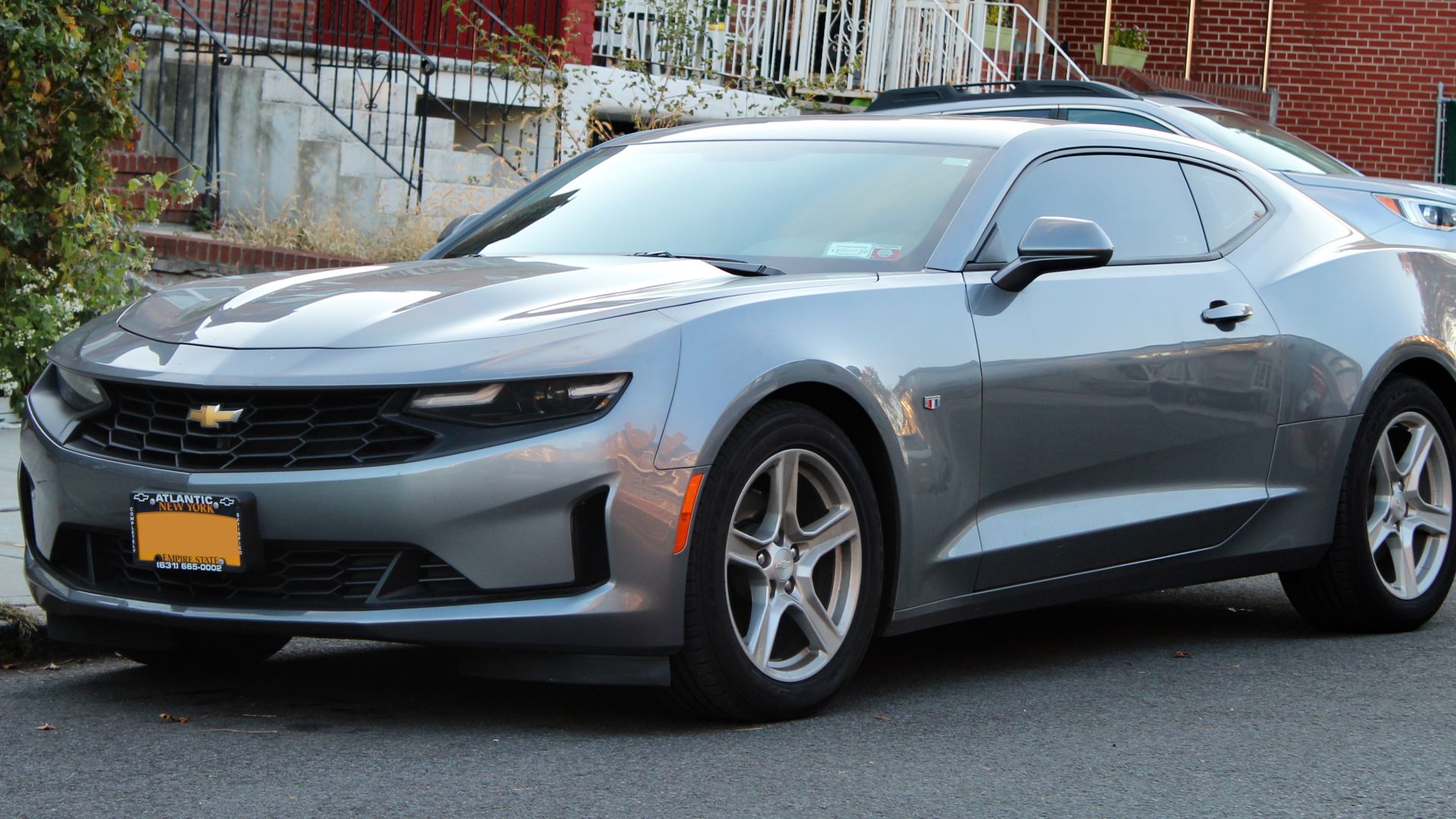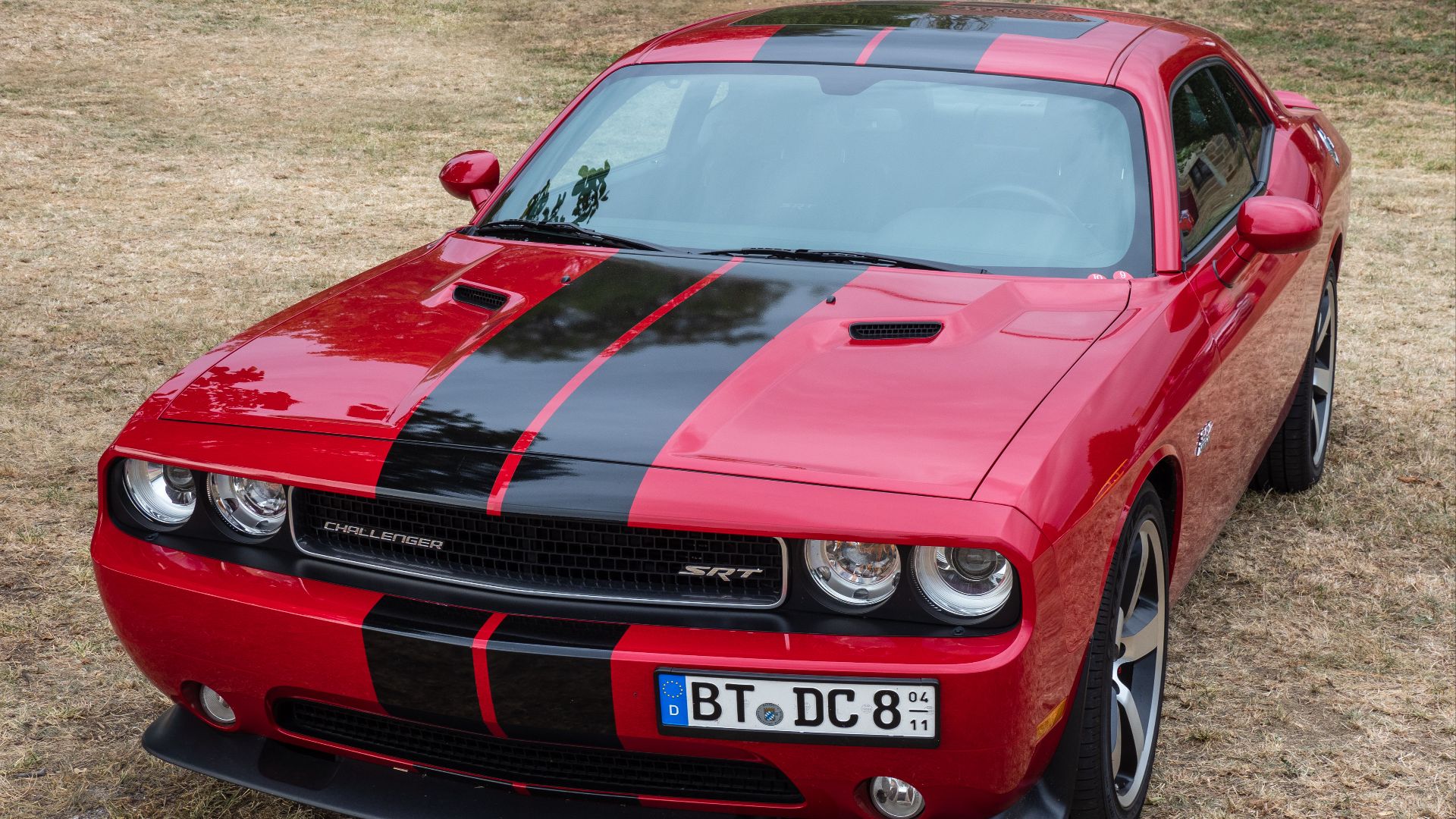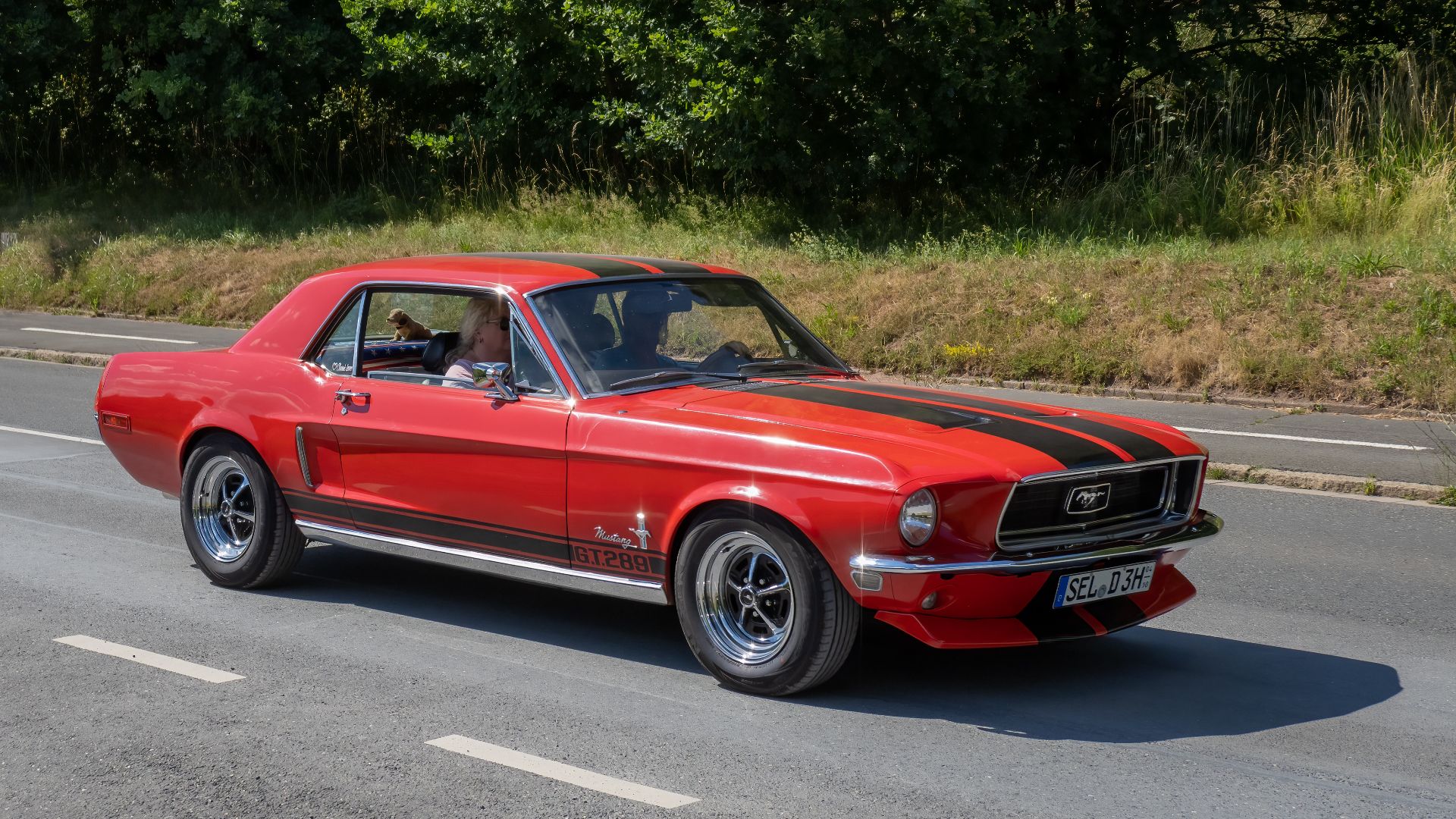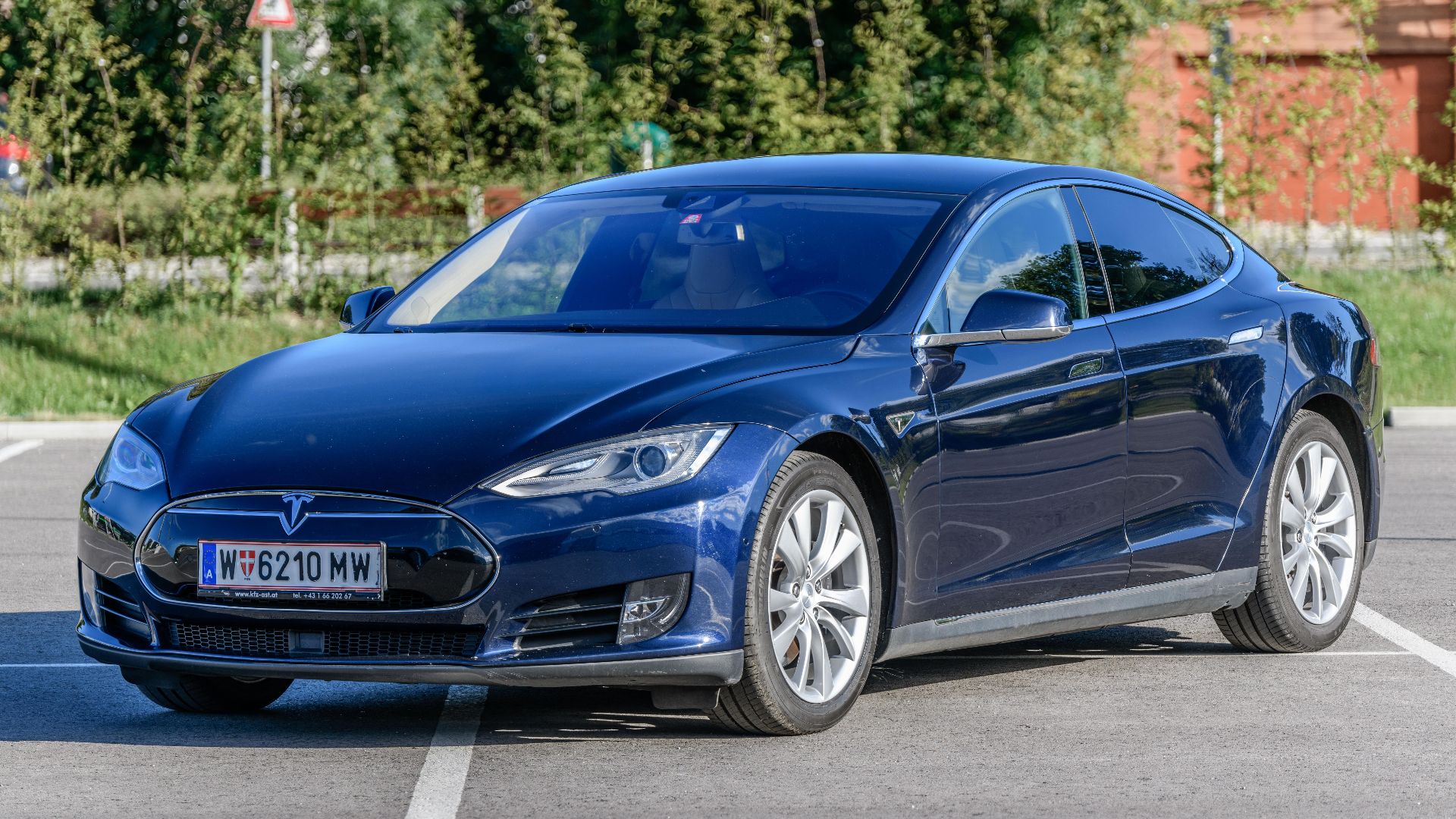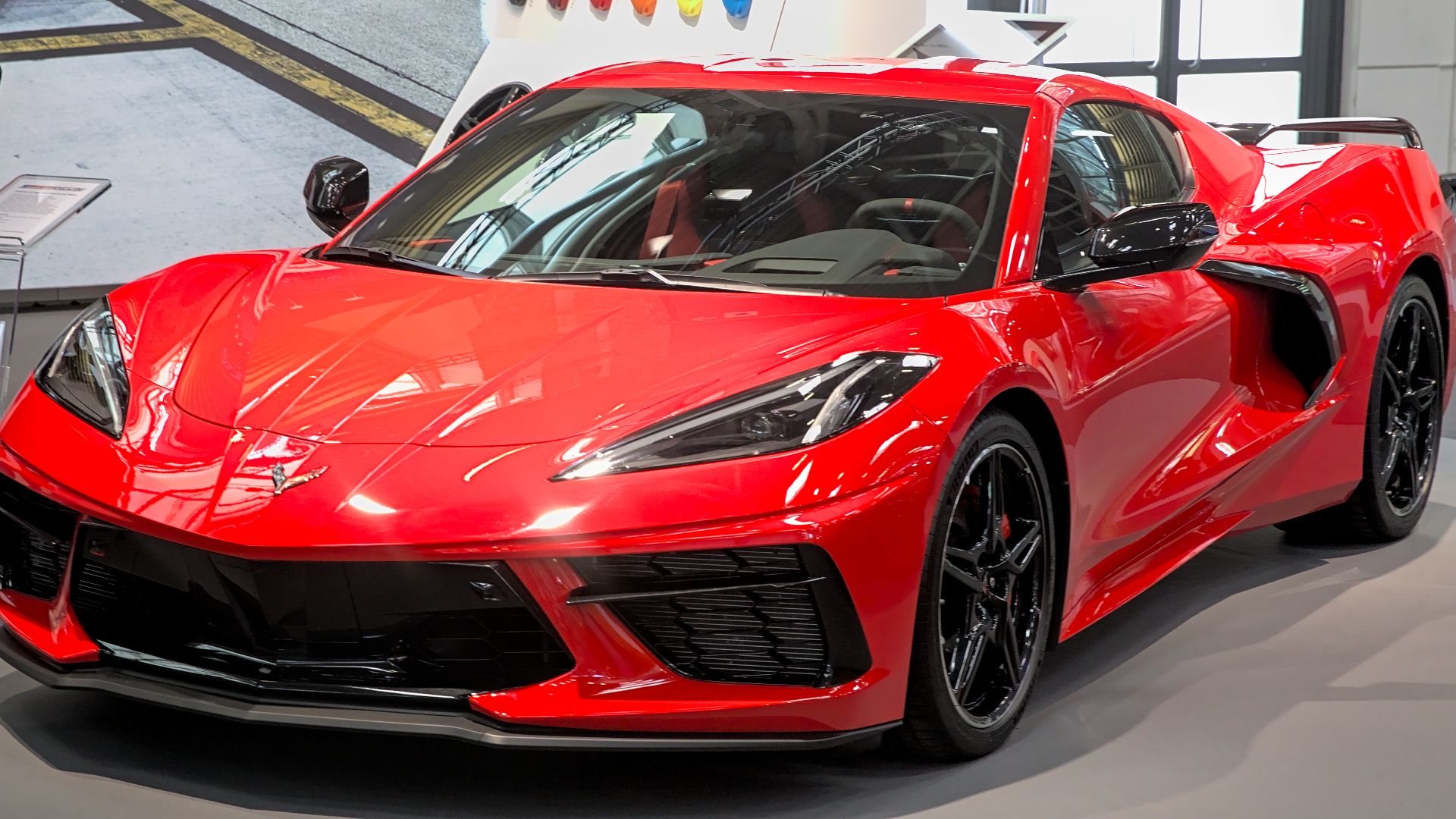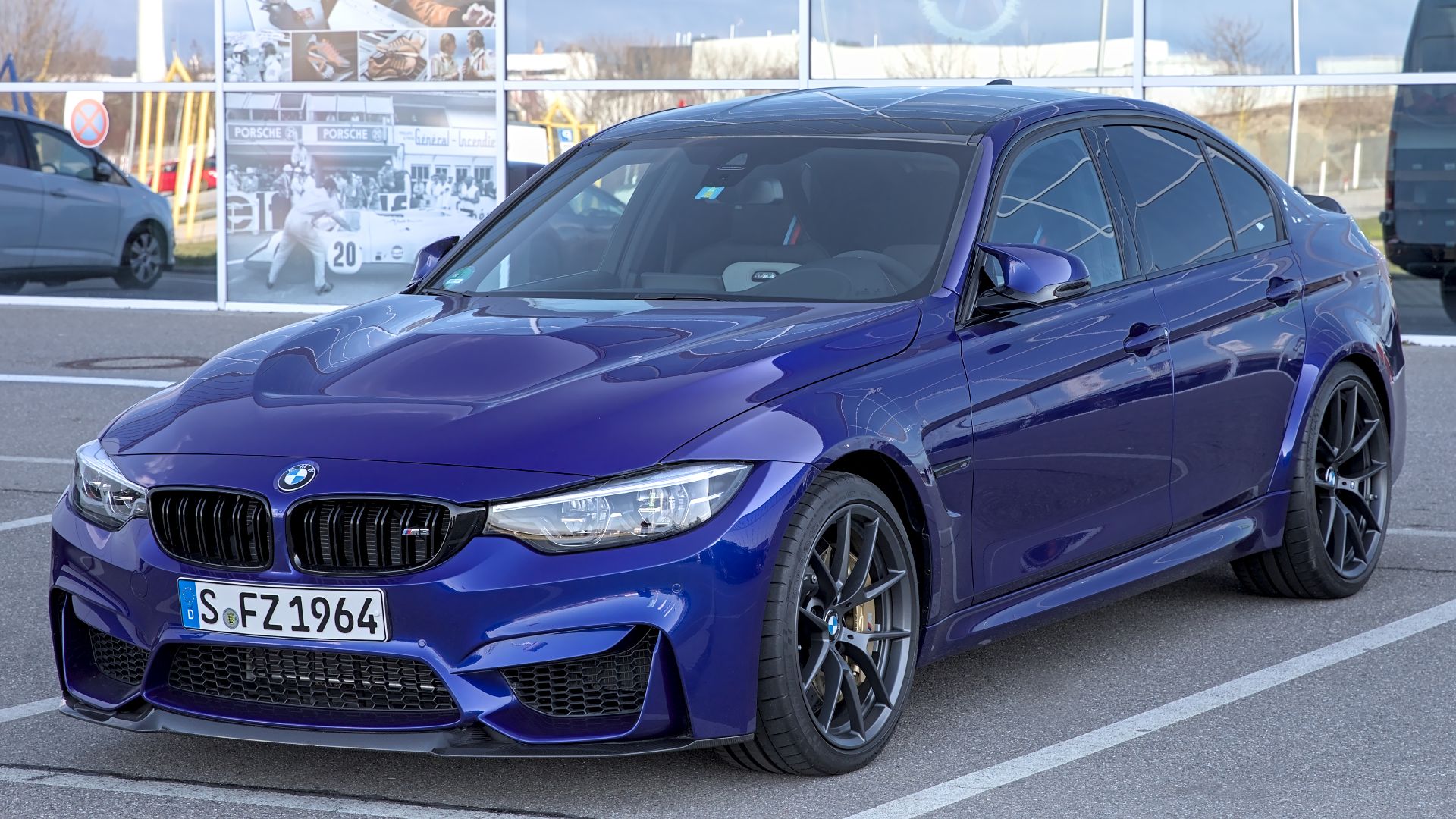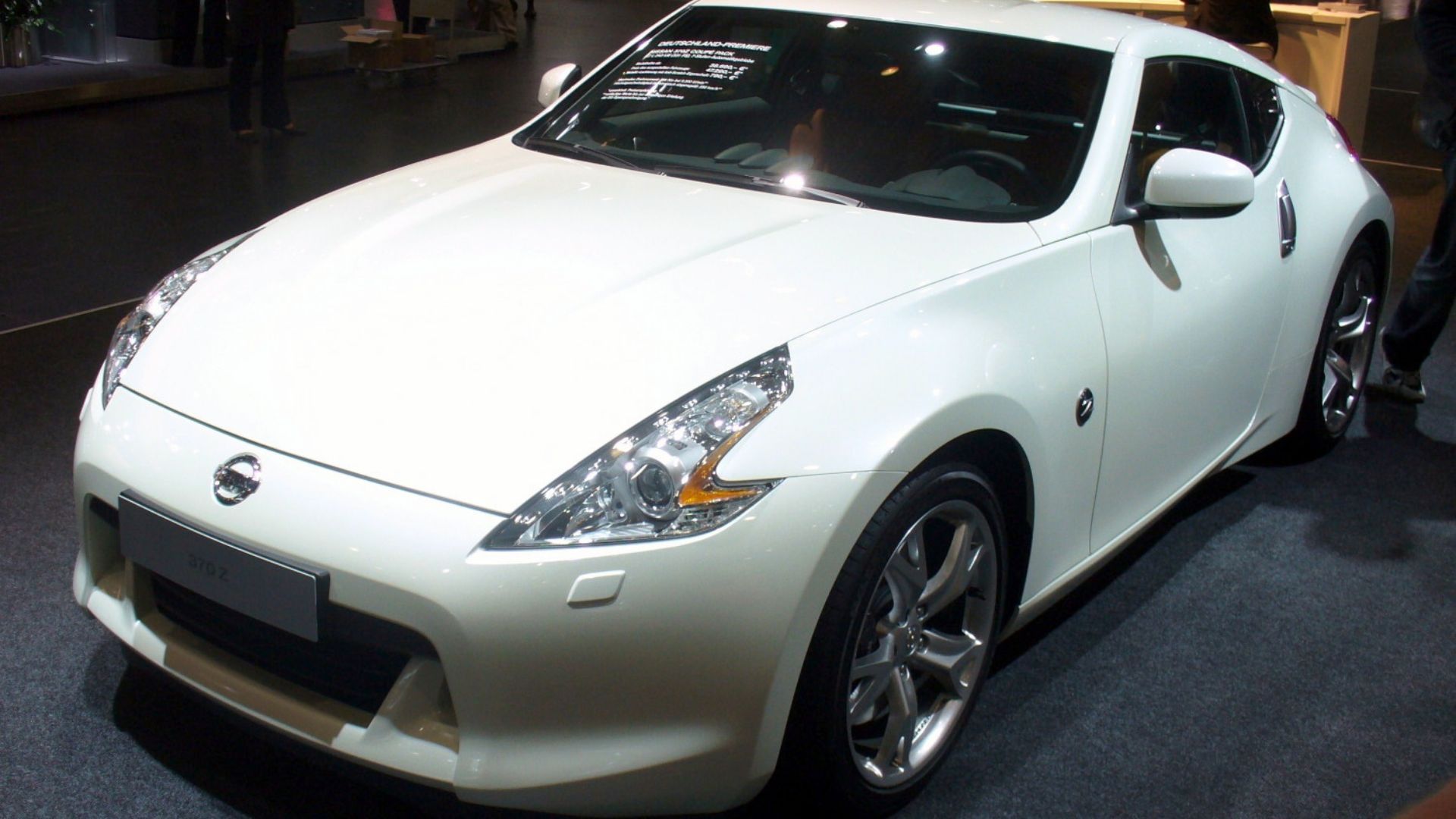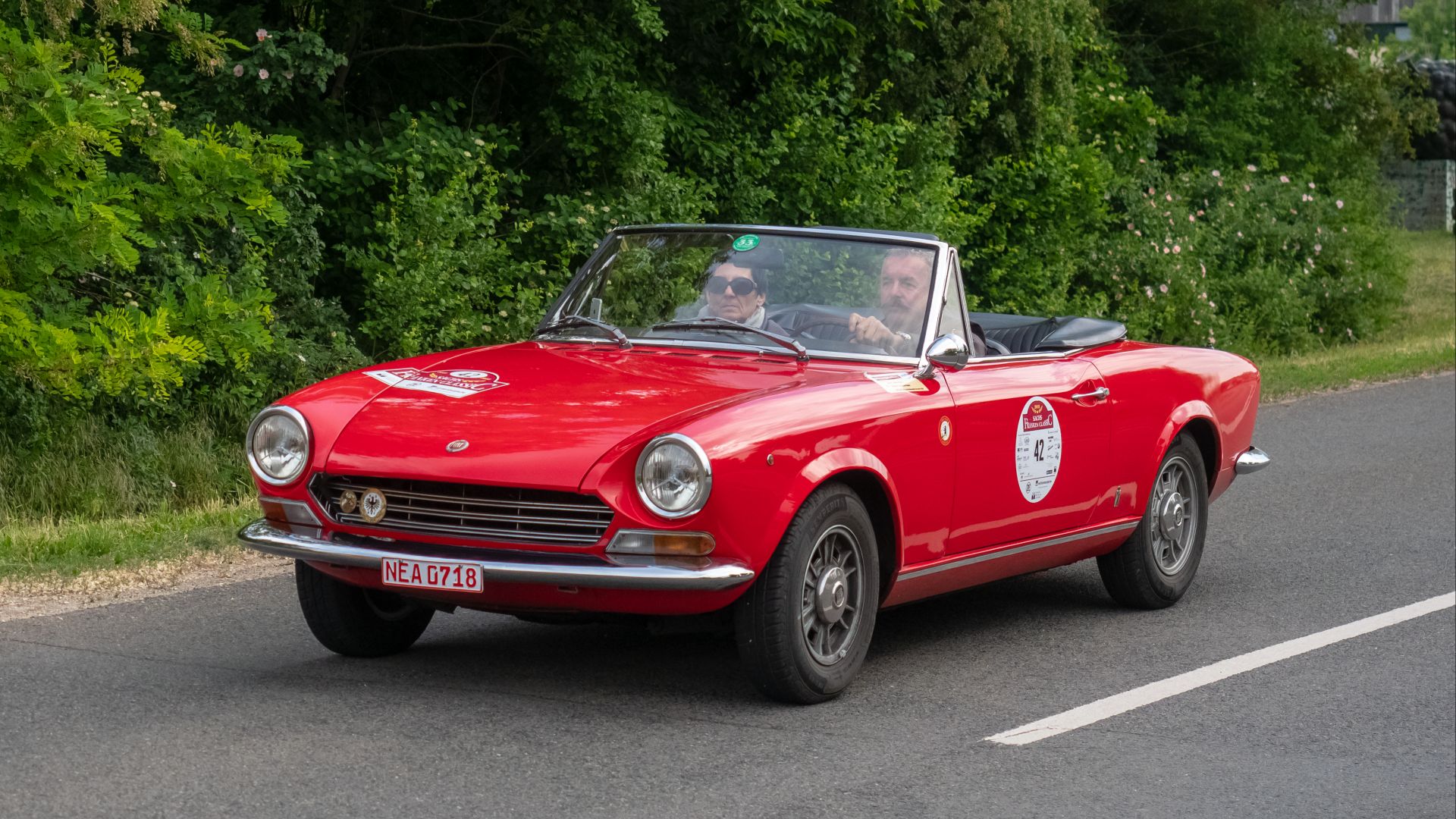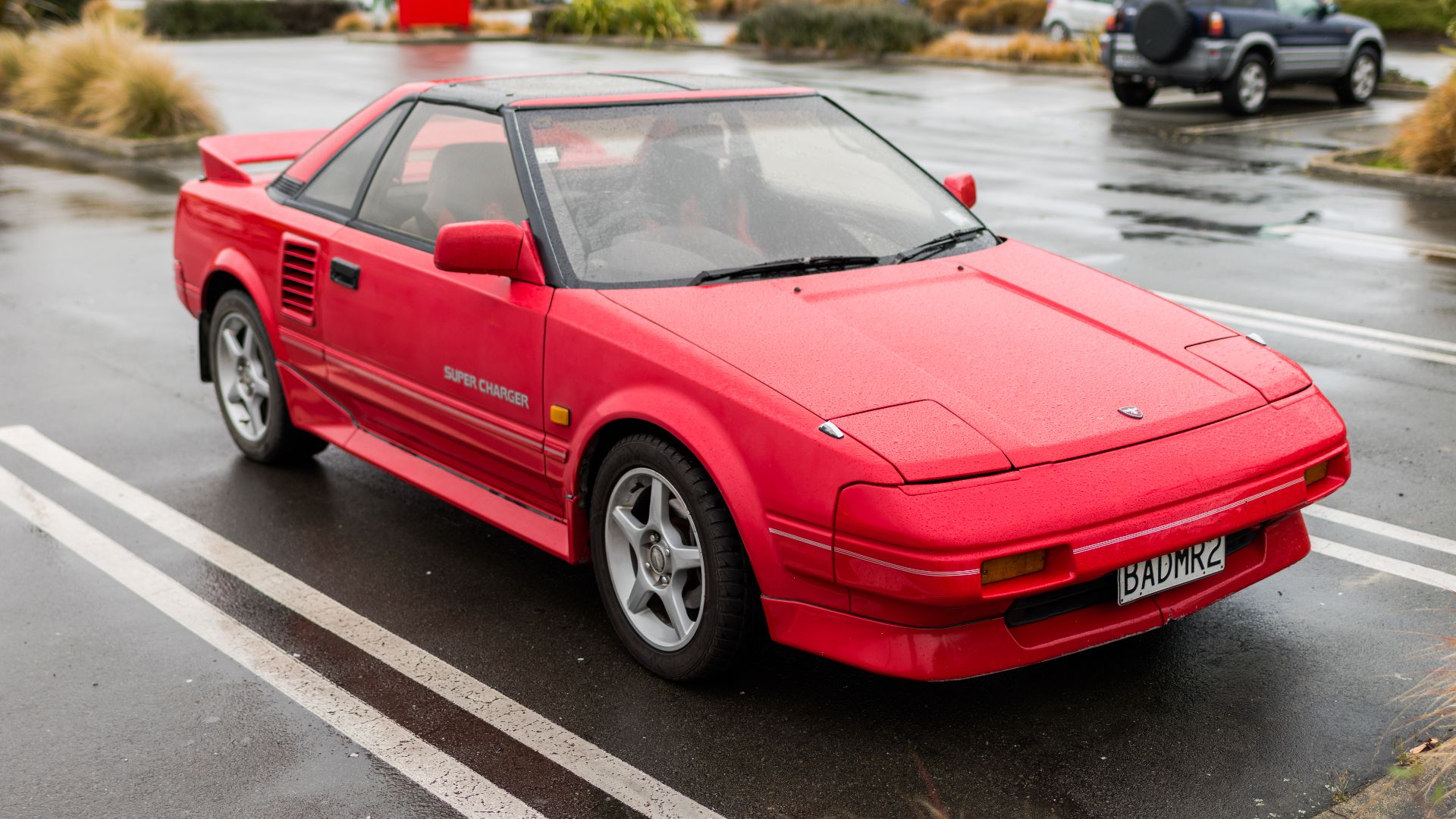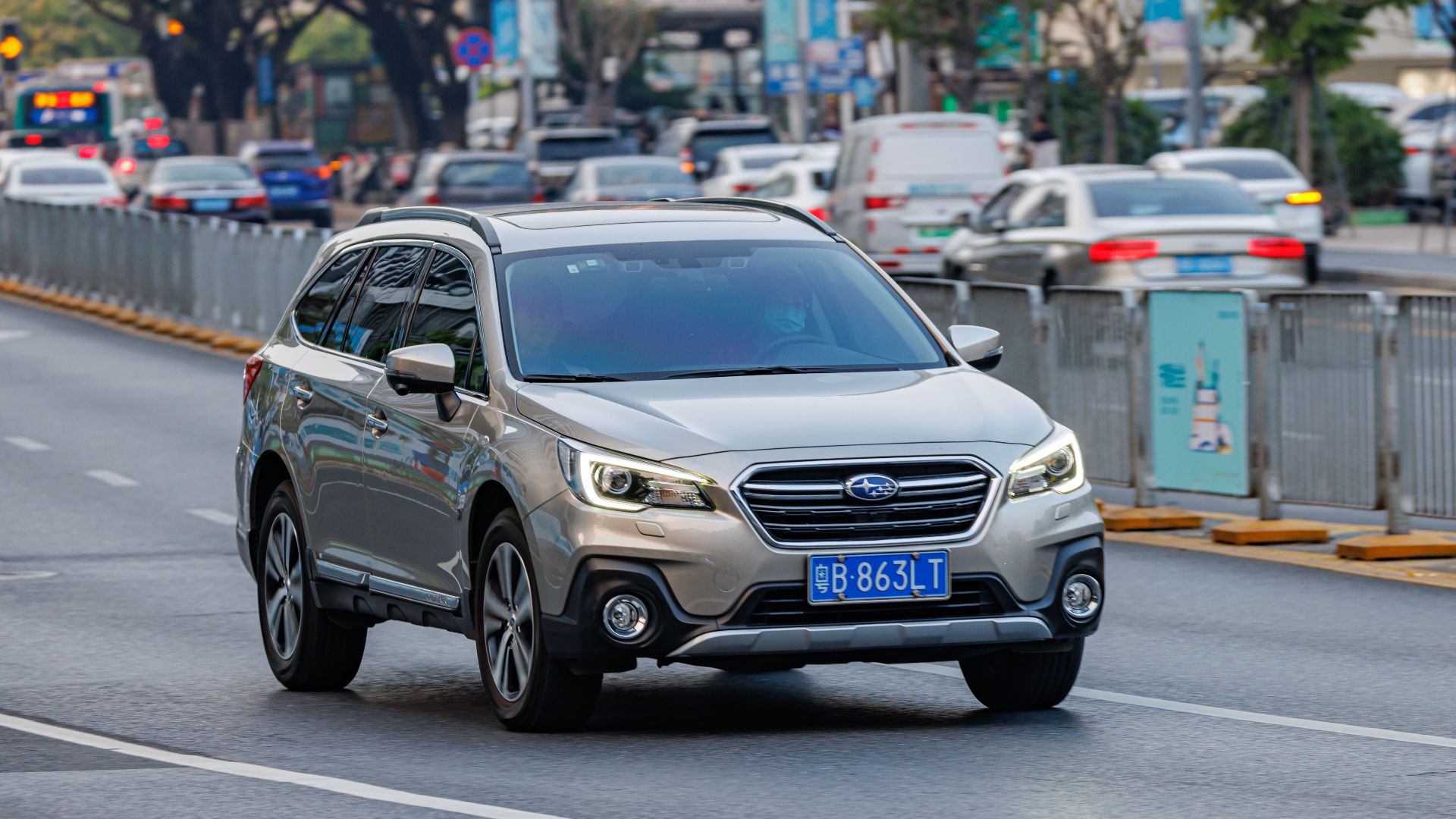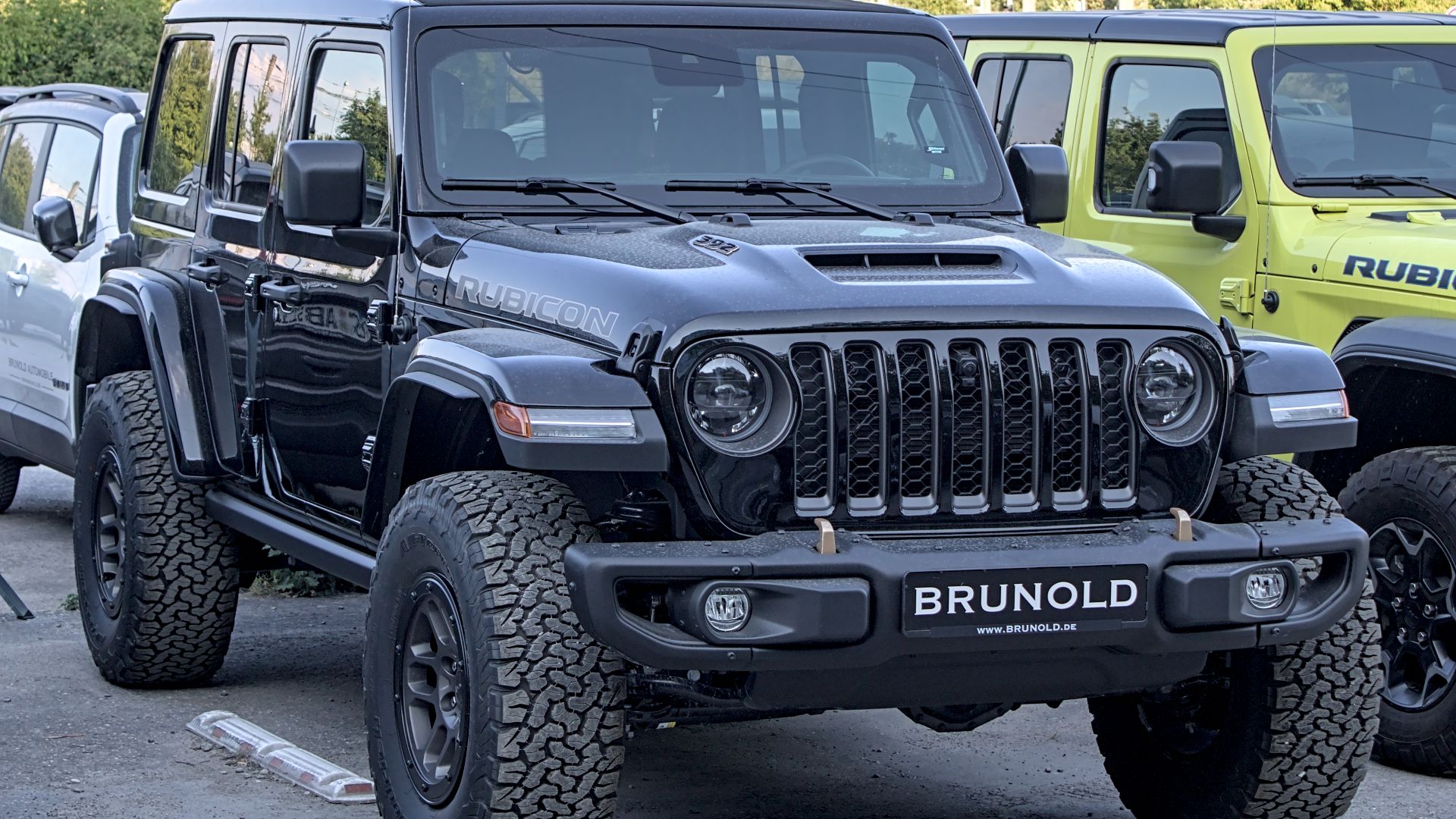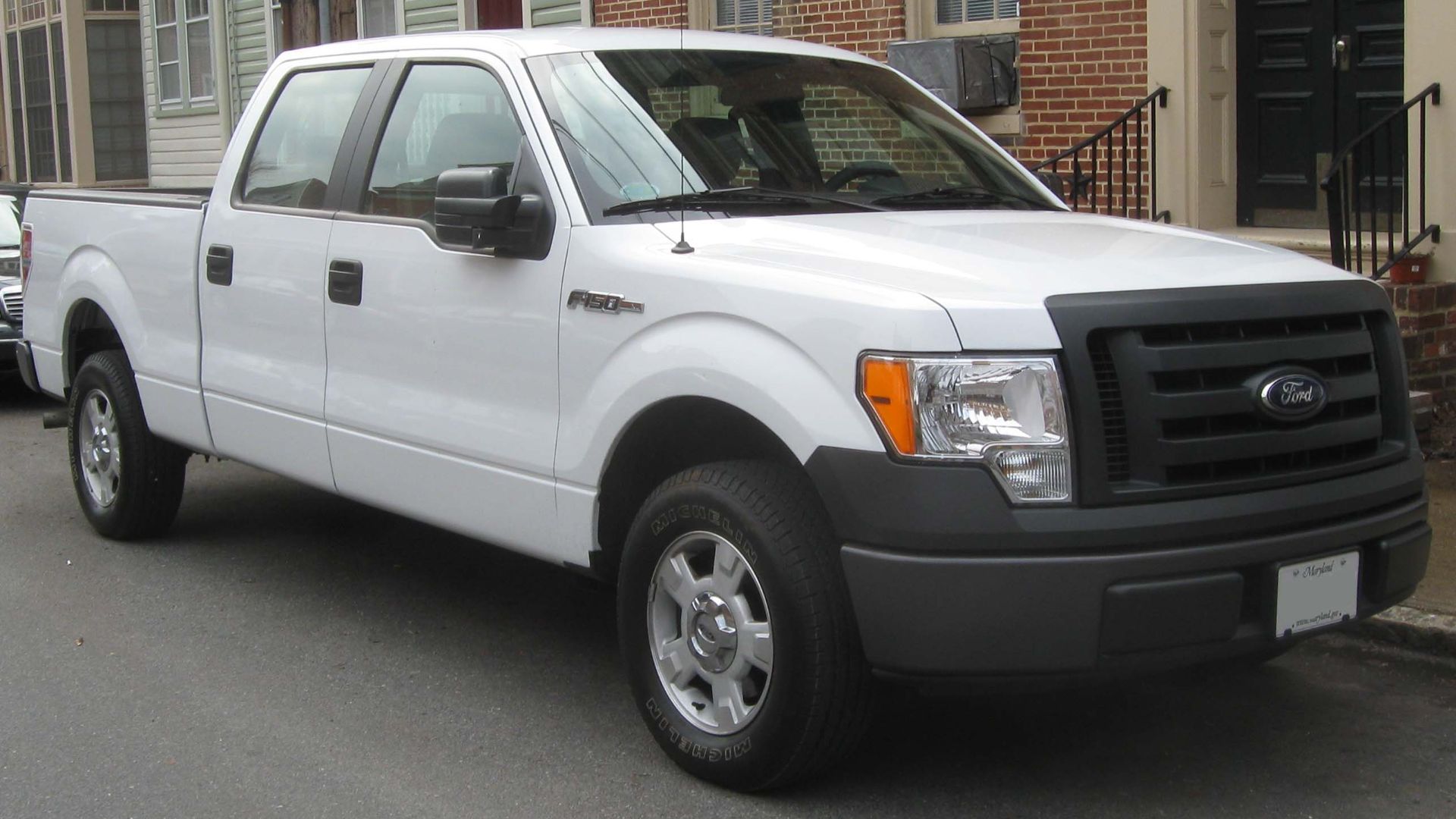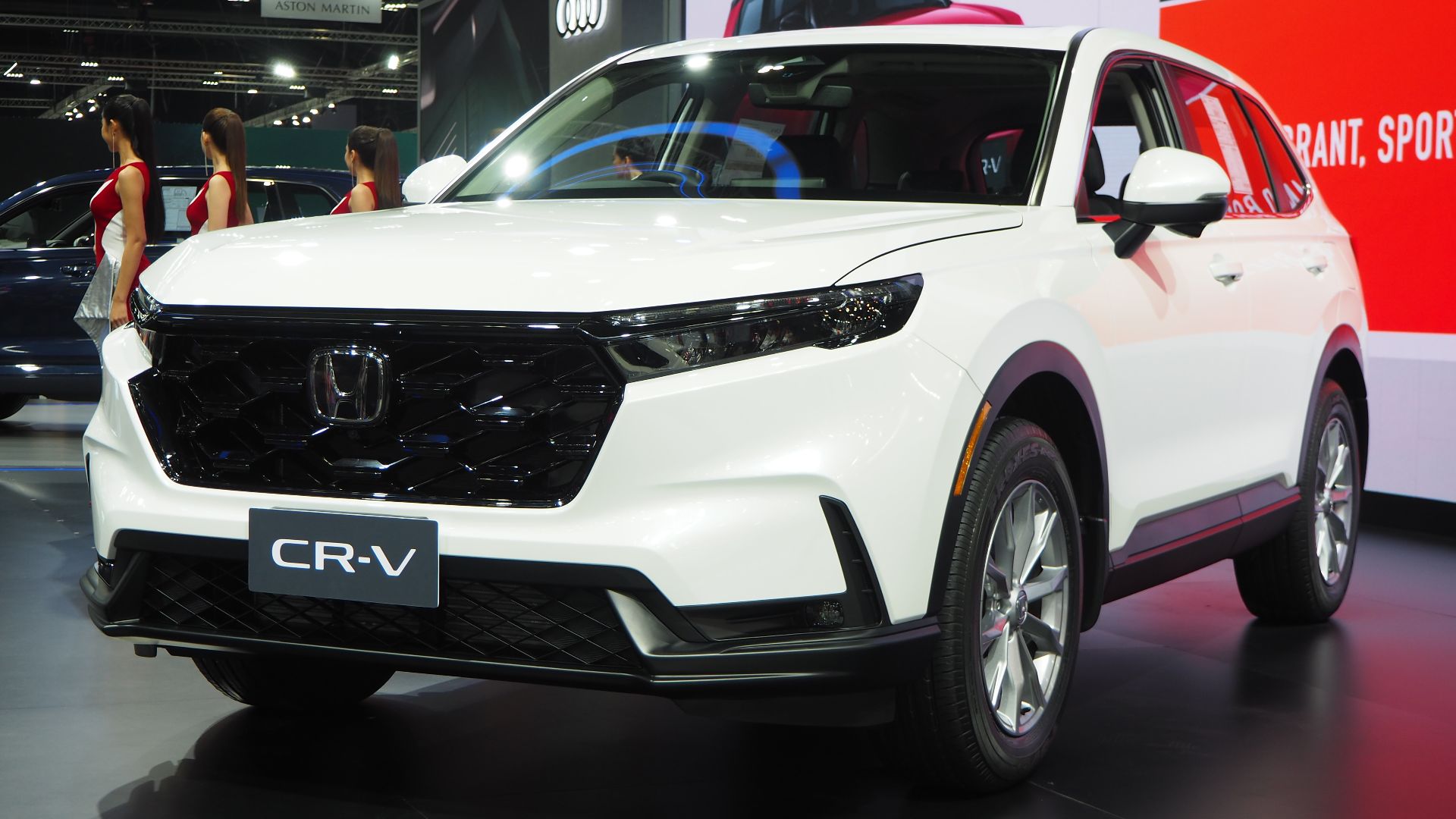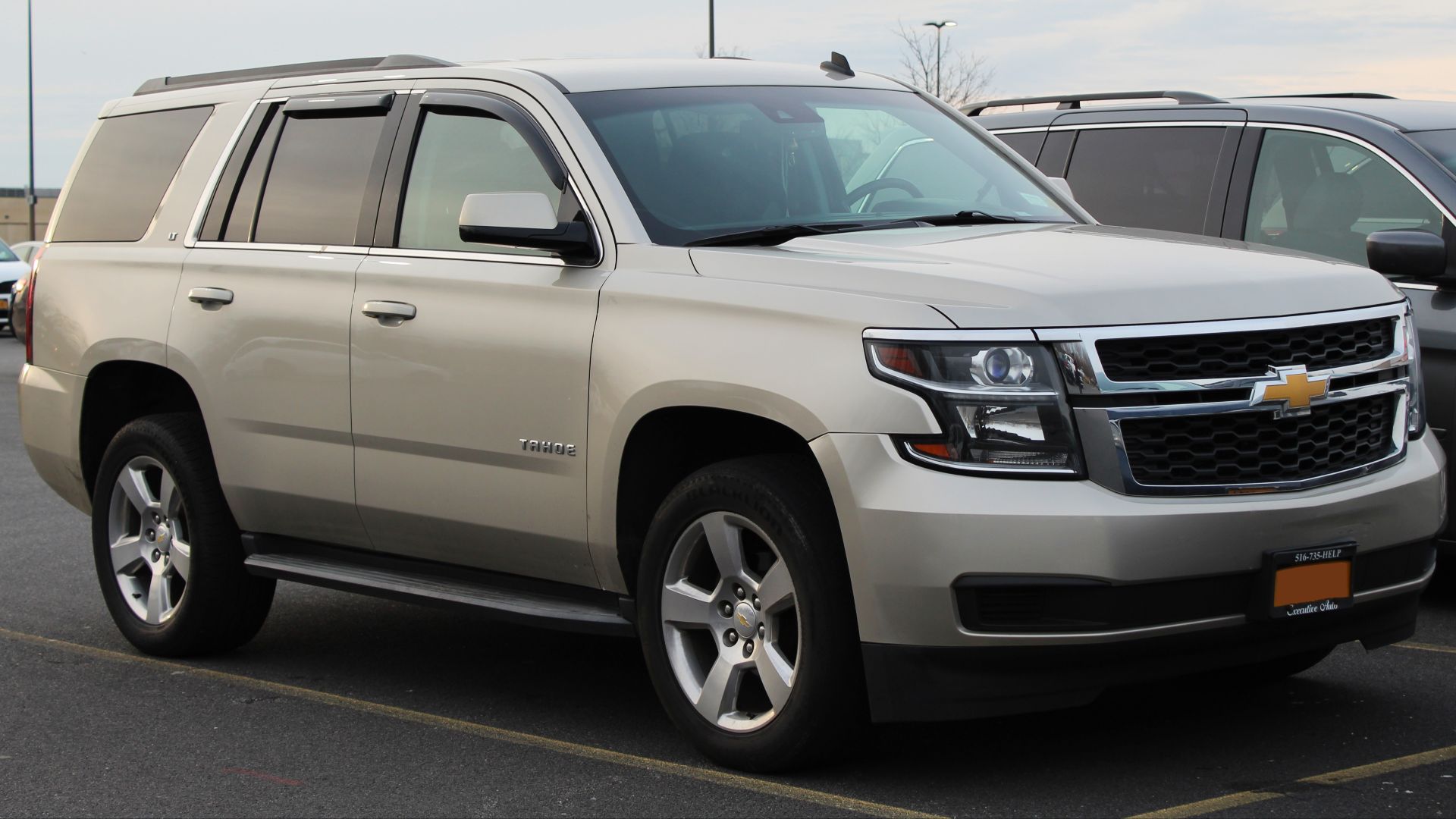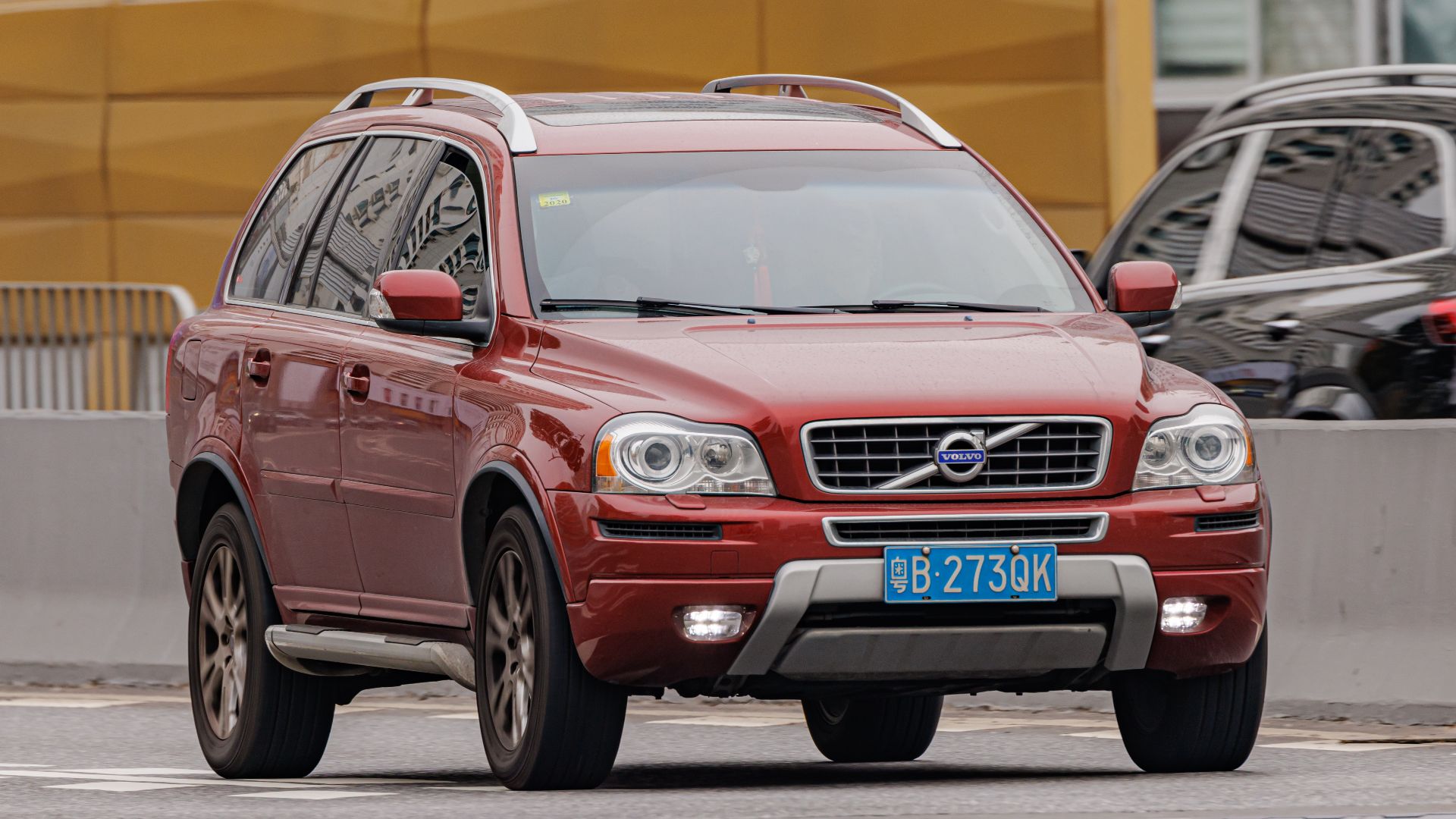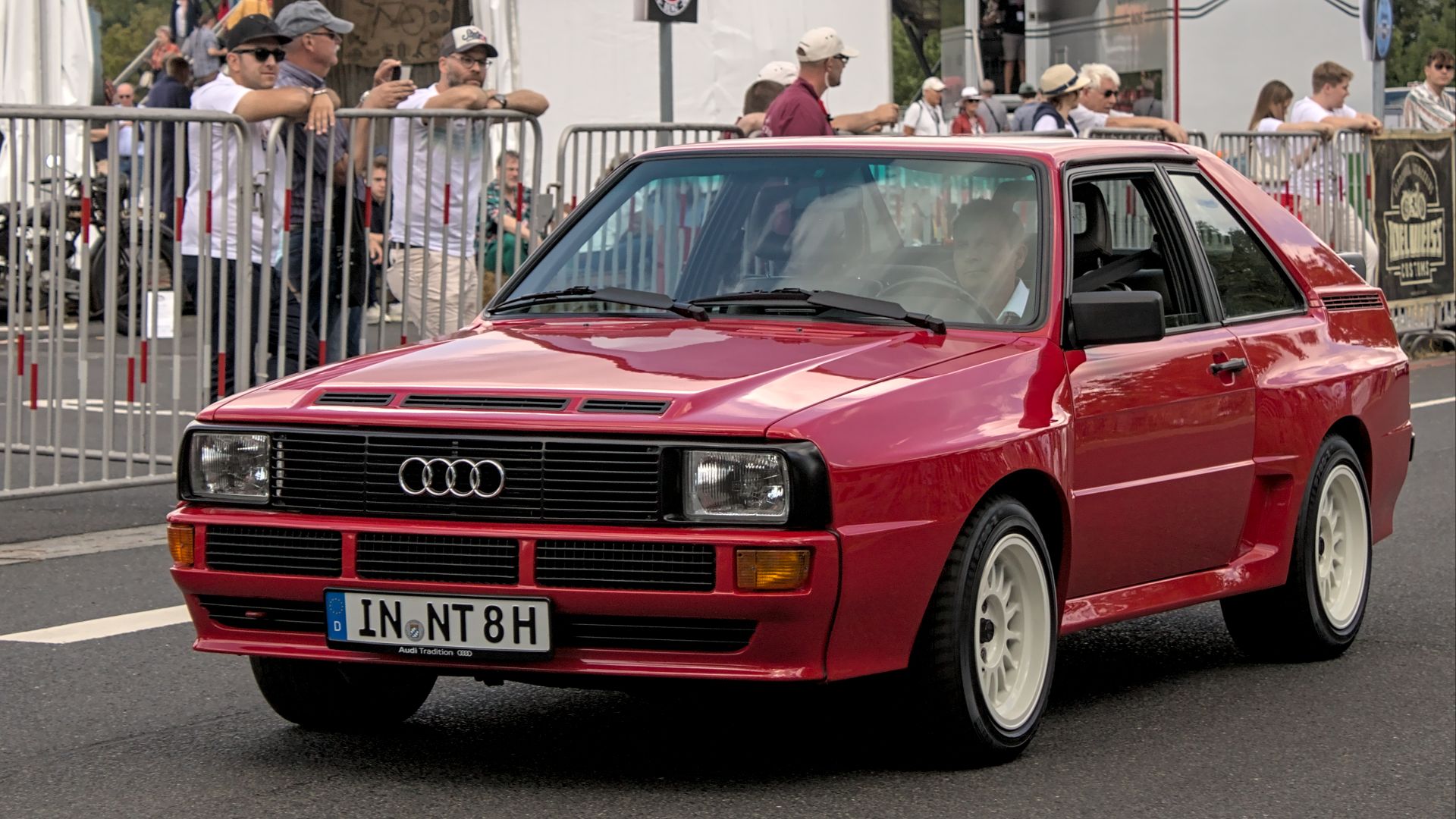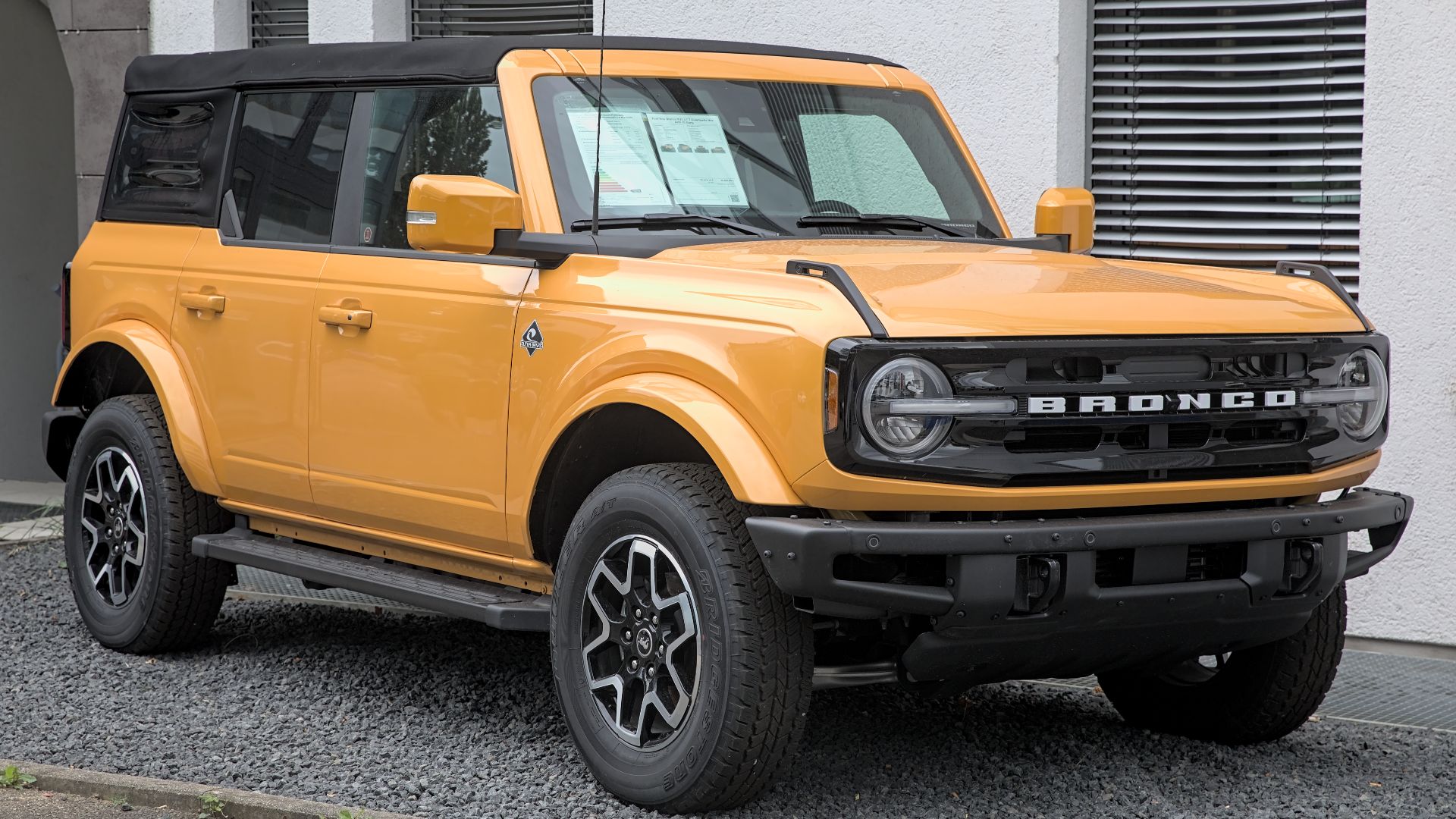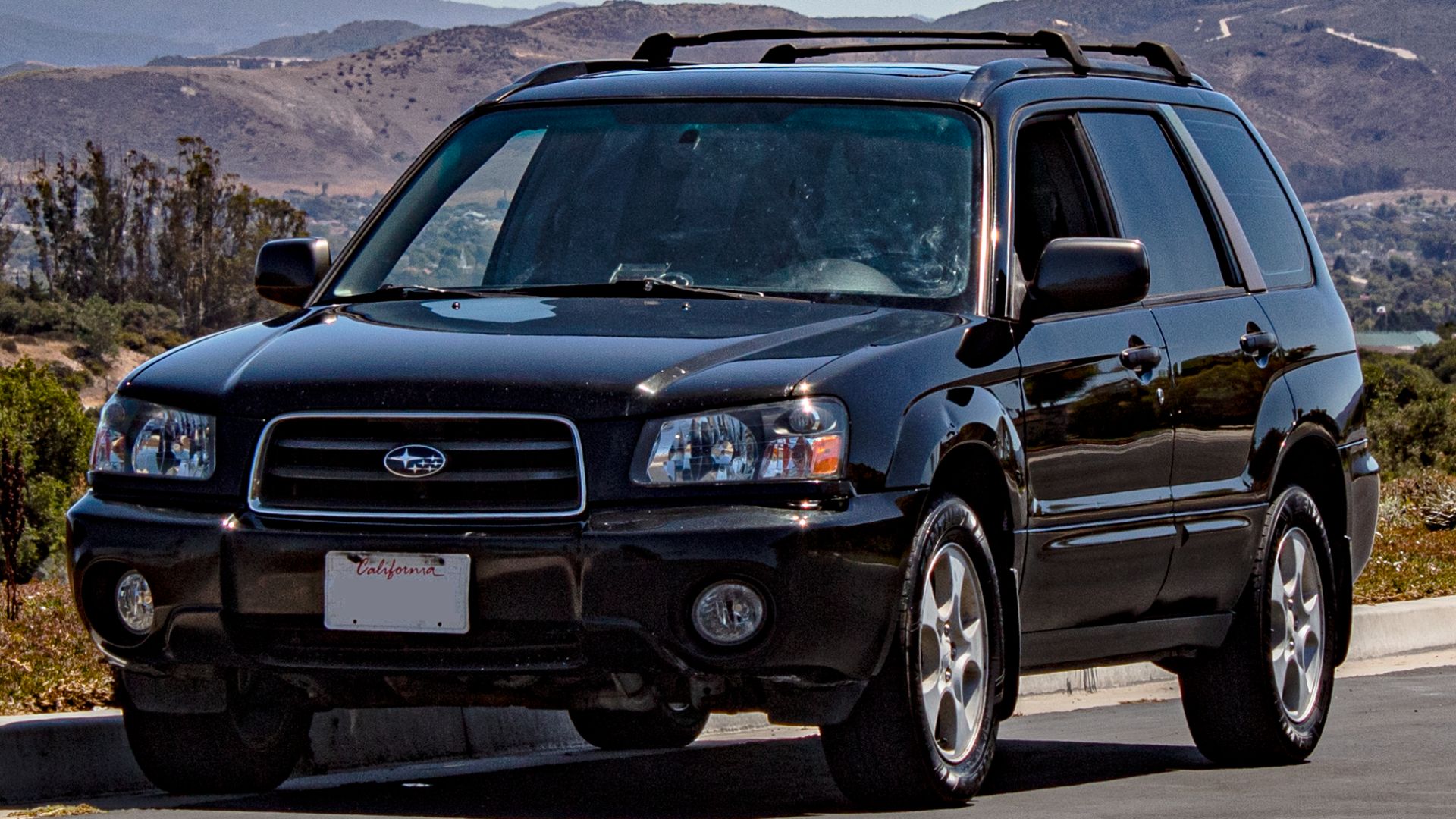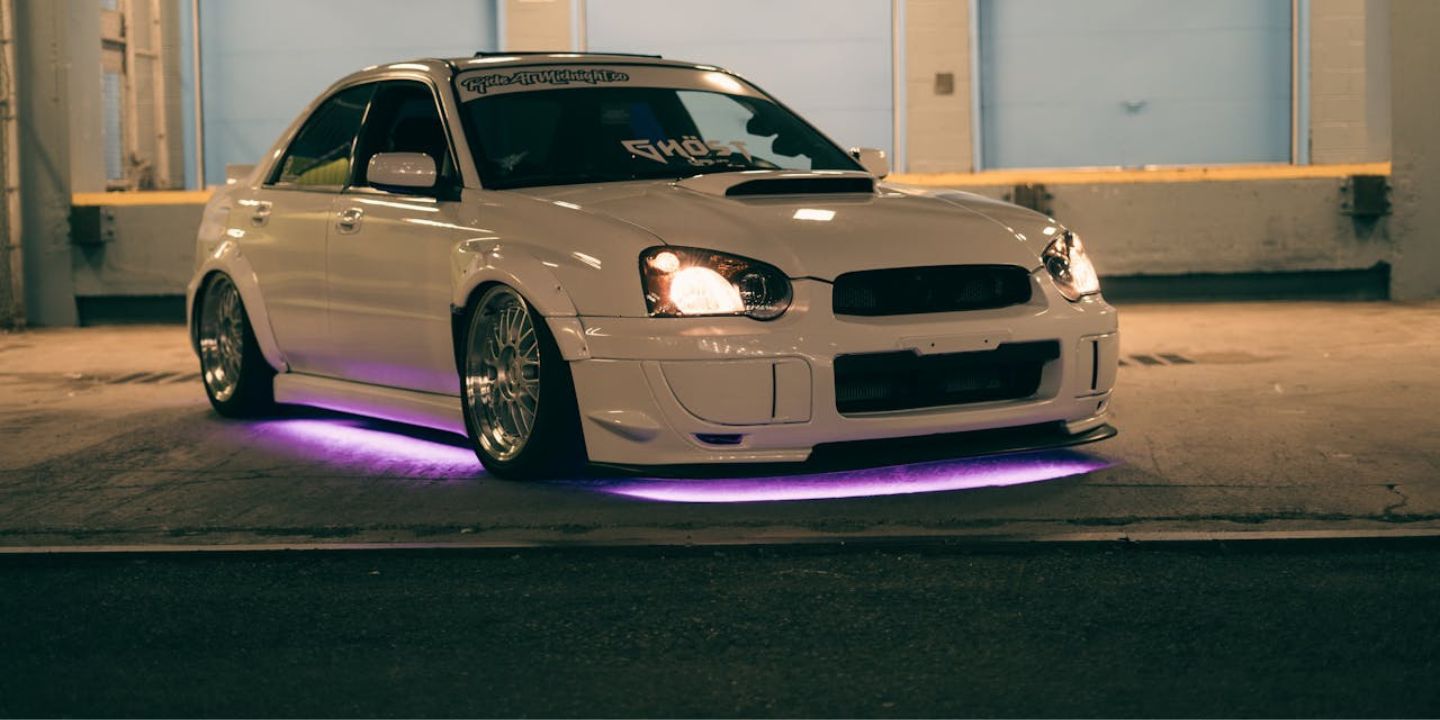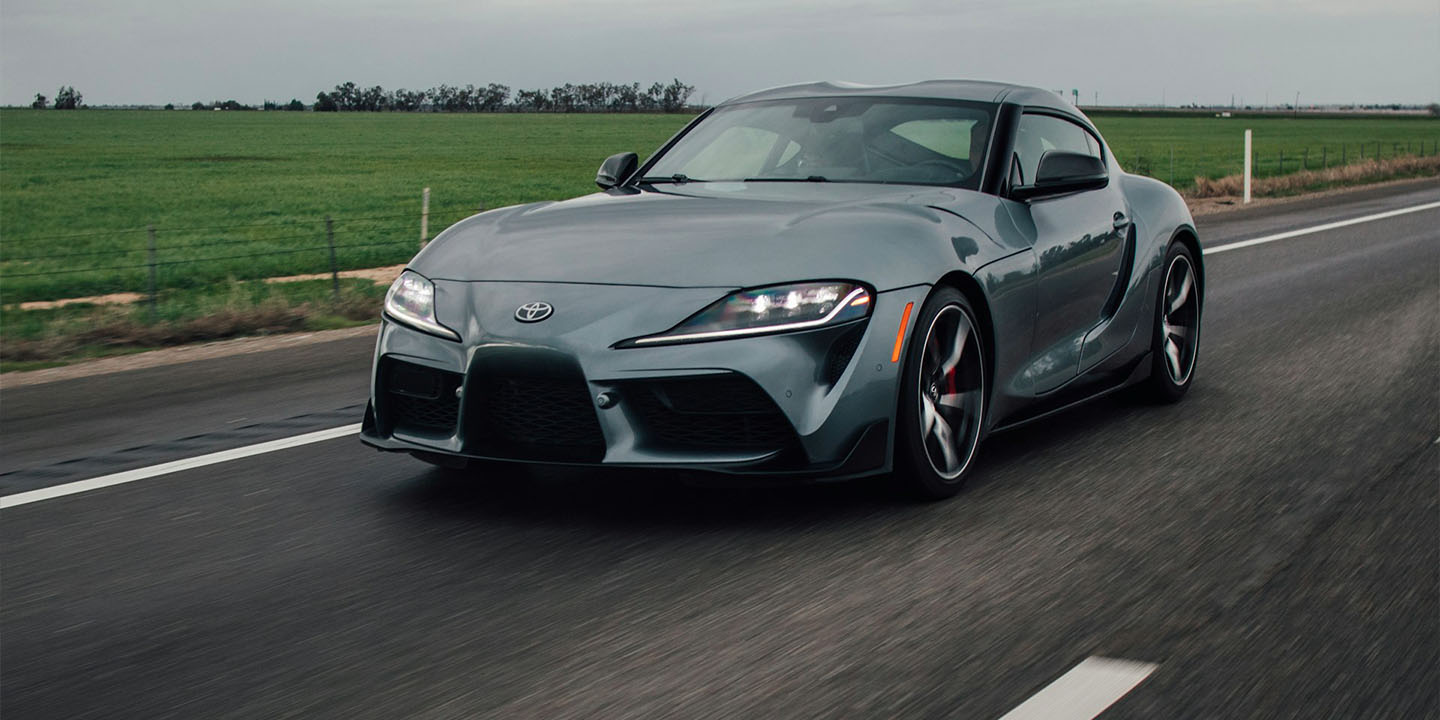Driving In A Winter Wonderland?
Have you ever had your car struggle to move after a snowstorm? Some vehicles handle winter like pros, keeping things smooth even on icy roads. While others leave drivers gripping the wheel for dear life, just hoping for the best. Before the next winter hits, it's important for you to know which cars can take the cold and which need to stay inside the garage. Let’s start with the worst ones.
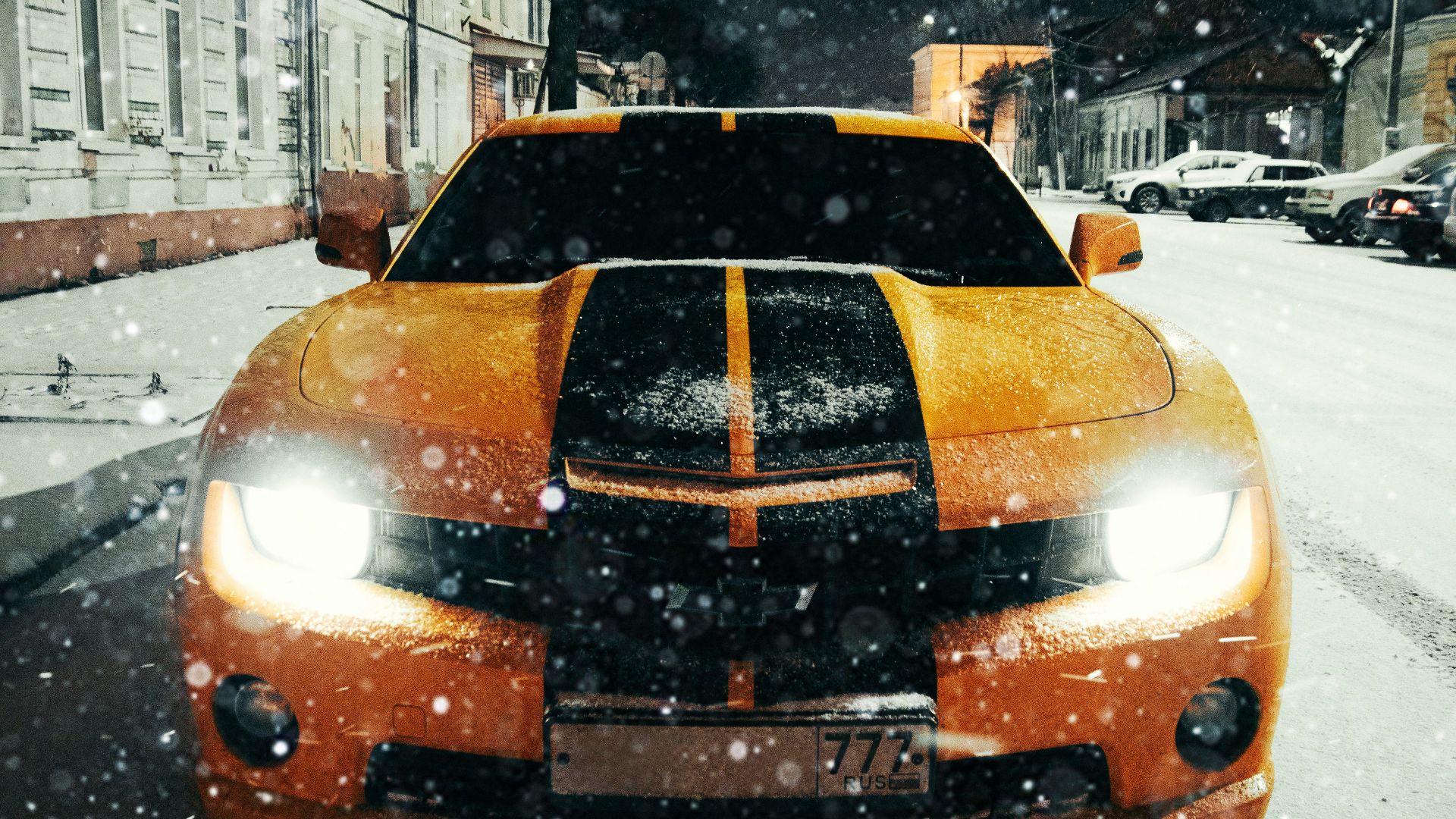 Andrey Zvyagintsev on Unsplash
Andrey Zvyagintsev on Unsplash
1. Chevrolet Camaro
This car is thrilling on dry pavement but treacherous in winter conditions. Its rear-wheel-drive layout puts power on the back wheels, which struggle for traction on icy roads. Even newer models with electronic stability control can't compensate for the low ground clearance.
2. Dodge Challenger
At over 4,200 pounds, the Dodge Challenger is a heavyweight on the road, but that weight doesn't translate to stability in winter. This powerful coupe comes standard with rear-wheel drive, meaning all that power is sent to wheels that struggle in slick conditions. The wide tires further reduce its ability to hold traction.
3. Ford Mustang
The Ford Mustang faces the same winter-driving woes as its muscle car rivals. It features a rear-wheel-drive setup that makes the back end prone to sliding, especially during acceleration. The high-performance summer tires that come standard on most trims provide minimal grip in snowy or icy conditions.
4. Tesla Model S
The car’s all-wheel-drive system suggests winter readiness, but electric vehicles face cold-weather setbacks. Freezing temperatures cut battery performance by up to 40%, limiting range. Running the heater and defrosting the windshield drain power further, making efficiency a challenge in harsh winter conditions.
5. Mazda MX-5 Miata
Weighing only 2,400 pounds, this lightweight roadster struggles to maintain traction on snowy roads. Its low weight prevents the wheels from pressing firmly into the surface, reducing grip. Less than five inches of ground clearance makes moderate snowfall a serious obstacle.
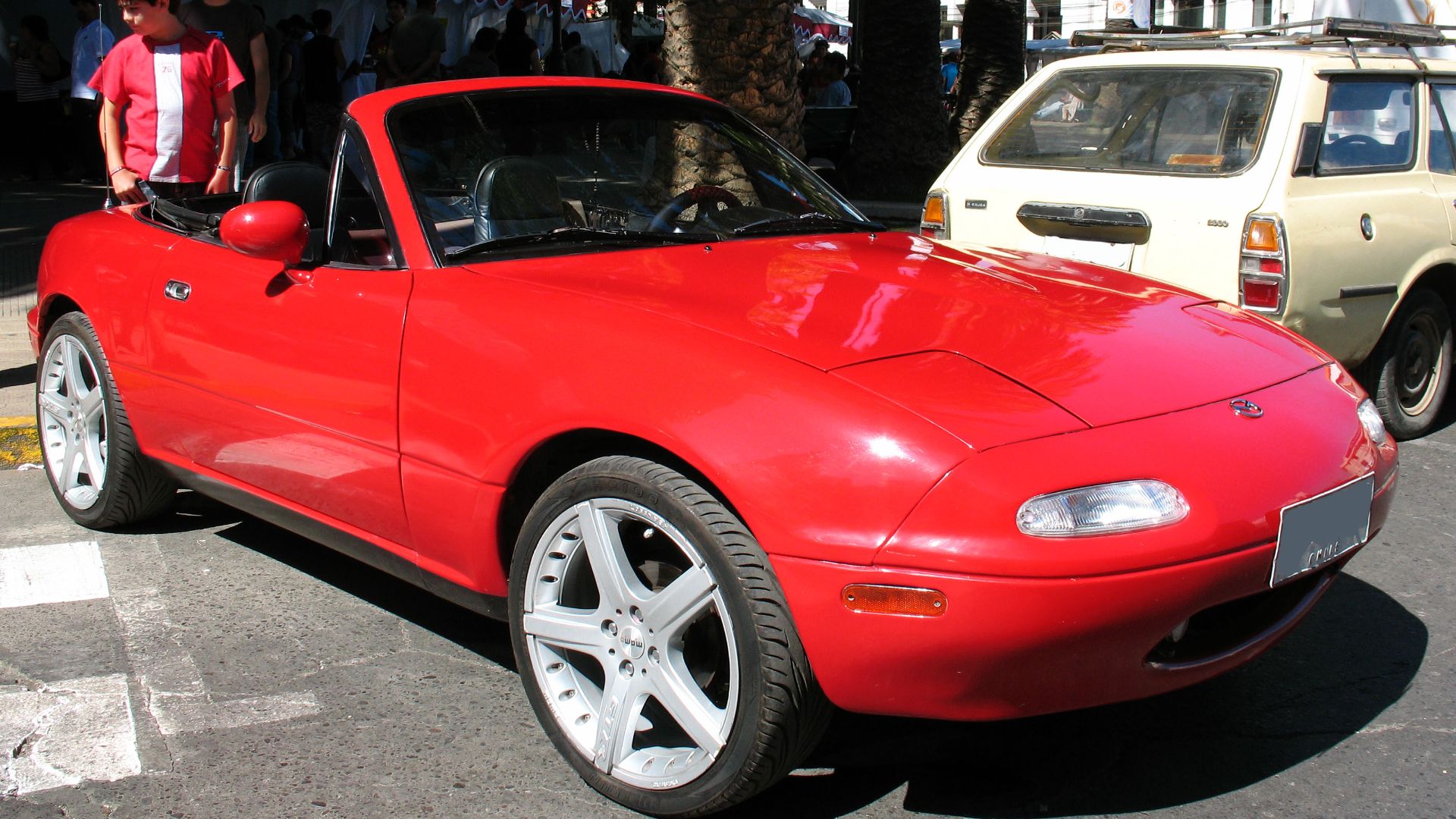 order_242 from Chile on Wikimedia
order_242 from Chile on Wikimedia
6. Chevrolet Corvette
Even though it was built for precision handling and speed, this sports car's features are terrible for winter traction. With an engine that puts out more than 400 horsepower, even light pressure on the accelerator can make the rear tires lose grip.
7. BMW M3
BMW’s reputation for precision handling and performance doesn’t translate well to winter roads, especially for the M3. While all-wheel-drive versions exist, stiff suspension and performance tires limit traction. High torque and a short wheelbase make icy turns unpredictable despite advanced traction control.
8. Nissan 370Z
Nissan's 370Z delivers a thrilling driving experience until winter hits. Like most sports cars, it comes standard with rear-wheel drive and a front-heavy design, which makes it unstable in slippery conditions. At 3,300 pounds, it lacks the weight needed to push through snow-covered roads.
9. Fiat 124 Spider
The Fiat 124 Spider is small and charming. However, the rear-wheel-drive layout and its short wheelbase make it extremely prone to spinning out. Additionally, its soft-top convertible roof provides little insulation against the cold, causing discomfort in freezing temperatures.
10. Toyota MR2
Sharp handling and a balanced chassis make this car a joy to drive—until snow and ice arrive. The mid-engine design shifts weight to the rear, reducing stability. Rear-wheel drive and a manual transmission create even more difficulty on slippery winter roads.
Shifting focus, let’s take a look at the vehicles engineered to take on winter’s worst.
1. Subaru Outback
A car that feels at home in the snow, the Subaru Outback is built with a Symmetrical All-Wheel Drive (AWD) to ensure power is evenly distributed for maximum traction. Its 8.7 inches of ground clearance allows it to push through deep snow without getting stuck.
2. Jeep Wrangler
Jeep Wrangler comes equipped with four-wheel drive (4WD) and a Rock-Trac or Selec-Trac system, which enhances grip in snow, ice, and mud. Unlike many SUVs, the Wrangler offers solid front and rear axles to give it superior durability on rough winter roads.
3. Toyota RAV4
Toyota's reputation for reliability extends into winter, and the RAV4 is one of the most well-rounded SUVs for snow. Dynamic Torque Vectoring AWD adjusts power between the front and rear wheels for maximum grip, while the Multi-Terrain Select system lets drivers choose a setting optimized for snow and ice.
4. Ford F-150
The Ford F-150’s four-wheel-drive system and selectable drive modes improve traction on icy roads. Its FX4 Off-Road package includes an electronic locking rear differential, helping both rear wheels spin together for better grip. Moreover, high ground clearance allows the truck to handle snow-covered roads with ease.
5. Honda CR-V
Honda’s Real Time AWD with Intelligent Control System gives the CR-V an edge over front-wheel-drive rivals. This system detects wheel slip and adjusts power for better traction. A high-strength steel frame enhances stability, while Adaptive Cruise Control and Collision Mitigation Braking improve safety in winter conditions.
6. Chevrolet Tahoe
The Chevrolet Tahoe’s hefty 5,600-pound frame gives it a natural advantage in winter. A four-wheel-drive system with a two-speed transfer case keeps all four wheels engaged for better traction. Besides, its Magnetic Ride Control suspension smooths out bumps.
7. Volvo XC90
Volvo designs vehicles for harsh Scandinavian winters, and the XC90 is one of them. One of its most impressive winter features is the Winter Mode setting, which adjusts throttle response to reduce wheel spin. The heated washer nozzles and a climate package that includes a heated windshield ensure clear visibility in extreme cold.
8. Audi Quattro
Winter driving changed forever with Audi’s Quattro AWD, first introduced in the 1980s. A self-locking center differential dynamically adjusts power distribution for superior grip. When combined with adaptive air suspension, this technology helps Audi sedans and SUVs tackle icy and snow-covered roads with confidence.
9. Ford Bronco
The Ford Bronco isn’t just a trail beast—it’s designed for winter survival. Its Terrain Management System prevents skidding by managing power to the wheels. Meanwhile, G.O.A.T. (Goes Over Any Terrain) modes offer a Snow and Slippery setting, adjusting throttle sensitivity for a more controlled and stable drive in icy conditions.
10. Subaru Forester
Subaru’s Symmetrical AWD comes standard, but the Forester takes winter capability even further. X-Mode with Hill Descent Control provides extra stability on icy roads, while 8.7 inches of ground clearance powers through deep snow. A low center of gravity enhances balance, making slippery roads less daunting.


